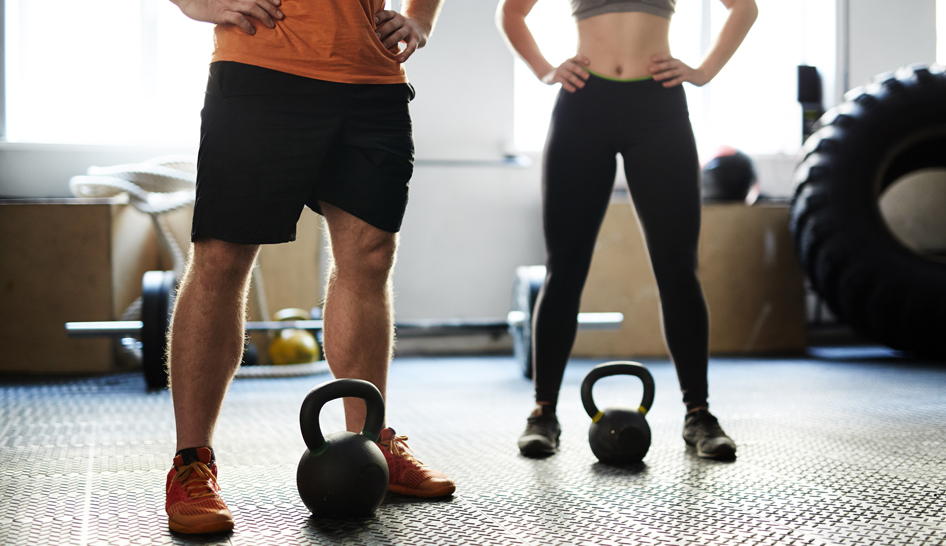Pop quiz: When was the APFT last adjusted?
Hint: The test was last updated 10 years before the internet went global, five years before the release of "Back to the Future," starring Michael J. Fox—Great Scott!—and two years before Jane Fonda's first "Workout" video.
If you guessed 1980, take a victory lap, because that's the year the Army introduced the version of the APFT that many of us—enlisted and civilian alike—know today, the version with push-ups, sit-ups, and a 2-mile run.
For 40 years, soldiers have been taking the same version of the physical fitness test, and to pass they needed to score a minimum of 60% in each event.
However, the test didn't score everyone the same way. Gender and age played a huge role in whether or not someone passed the APFT. For example, to score the minimum in the push-up category, males 17-21 years old had to do 42 push-ups, whereas males 52-56 years old only needed to complete 20 push-ups. Women of the same age groups only had to do 19 and nine push-ups, respectively.
Now, much like the VHS tapes of the 80s, that version—and its grading scale—are a thing of the past. This doesn't mean the test has gotten easier.
“There are actually quite a few active-duty personnel not passing [the ACFT]," says Major General Lonnie G. Hibbard, commanding general, U.S. Army Center for Initial Military Training, on the ACFT and Holistic Health and Fitness.
Once the ACFT becomes the service standard, active-duty servicemembers will take it twice a year, and members of the Army Reserve and Guard will take it annually. Although on-base gym closures amidst the coronavirus pandemic forced the Army to postpone the transition to the new ACFT, Hibbard and his team had instructed the entire Army to begin training for and testing this version last year.
Hibbard says you don't realize what your strengths and weaknesses are to really train for the ACFT until you've taken the test.
"It's a very hard test to do well at," says Hibbard. "The goal [when building the scoring table] was to have less than 10% of the population in the Army to be able to max the test."
The New Age- and Gender-neutral Grading Scale
Since the Army opened up every job—or military occupational specialties (MOS)—to both men and women who can serve into their 60s, Hibbard and his team first had to ensure a 62-year-old man or woman would be physically able to pass the test, and they went from there.
The Army determined the minimum standard of fitness each job requires—regardless of age or gender. Now, every soldier falls into one of three levels based on their MOS, which requires soldiers with more physically demanding jobs—like infantry—to score higher.
Hibbard says, "It doesn't matter if you're a man or a woman, it doesn't matter if you're 18 or 53—like me—everybody has to be able to do the same tasks in combat."
For Hibbard, the ACFT is about looking to the future. He wants to prepare soldiers for any combat task they are required to do when deployed. He says the Army is an active organization, and no matter what your MOS is, you never know when you'll be called to serve.
"What we can't do is try to do the crunch, you know, 15 or 30 days before you deploy to get in shape so you can survive on the battlefield," says Hibbard. "You have to be prepared all the time."

